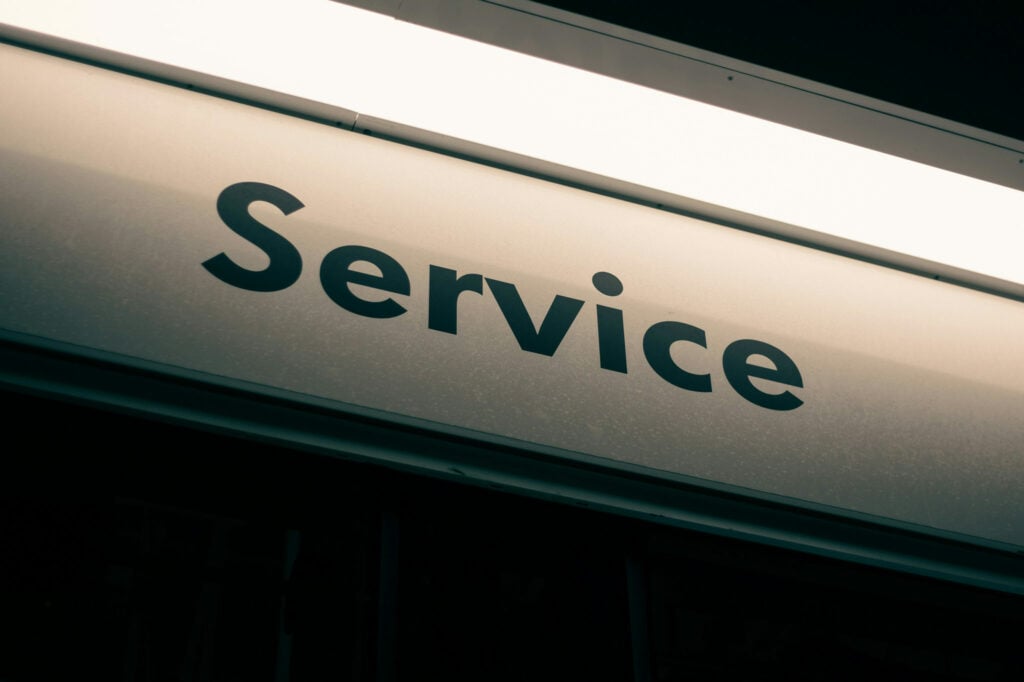Many business owners who are fairly new to the intellectual property game find the process of securing a trademark for their company very exciting. The trademark represents the company, and customers will grow to associate the trademark with the company and its brand over time. The trademark is officially registered and a certificate of ownership is issued. You’d think that holding the ownership certificate would mean that the trademark rights belong to you – but trademark ownership requires more than mere registration of the trademark.
Once a trademark registration is granted, trademark owners must work hard to ensure that the protected status of the trademark is not lost. There are several common ways that trademark protection can be lost. A few of the most common ways that trademark protection status can be lost is due to:
- Cancellation as the result of a Trademark Trial and Appeal Board (TTAB). One way that trademark status can be lost is when the mark is canceled as a result of a cancellation proceeding. A challenger can file a petition with the TTAB to have a registered trademark “unregistered” or canceled if (1) there is valid grounds for the cancellation and (2) so long as the challenger has legal standing to bring the cancellation proceeding.
- Abandonment. Trademarks have to be used in commerce or else they will lose their trademark protection status. If a trademark owner has no intention of continuing to use a trademark, and fails to use a trademark for a period of three or more years, the trademark is legally considered to be abandoned.
- Improper licensing. Trademark owners need to tightly control licensees’ use of their trademarks to ensure that the licensees’ are treating the trademark with respect and are using the trademark according to the terms of the licensing agreement. When trademark owners allow their licensees’ to have free-rein over how licensed trademarks are used, trademark owners risk losing the protected status of their trademarks.
- Genericide. Genericide occurs when the consuming public transitions from using a trademark name for a specific product to using the trademark as generic, substitute term for the item, product, good, or class of goods, that the trademark is attached to.
Trademark Owners Must Be Vigilant to Avoid Loss of Trademark Protection
It is up to trademark owners to identify infringers early, before they have a chance to do irreparable harm to the owners’ brand. It is critical that trademark holders are vigilant in their efforts to monitor and police of the use of the trademarks that they own for unauthorized use, improper use, or use of a confusingly similar mark by competitors or counterfeiters. Failure to do so can result in damage to one’s brand or reputation, dilution of one’s trademark rights, or loss of the trademark’s protected status entirely.
Do You Need Legal Help from an Experienced Trademark Attorney?
The Rapacke Law Group has demonstrated experience in the arena of trademark law, and has assisted many of our clients with trademark matters. Our knowledgeable trademark lawyers can help you register for trademark protection, file a trademark opposition proceeding or fight to put a stop to infringement of your trademark rights. Contact us today to schedule a free initial consultation.





